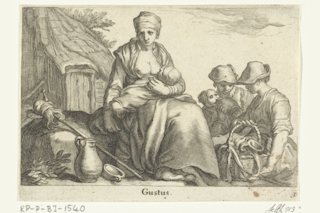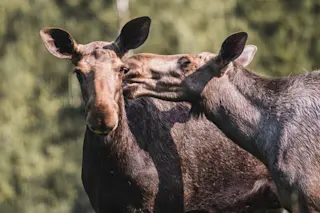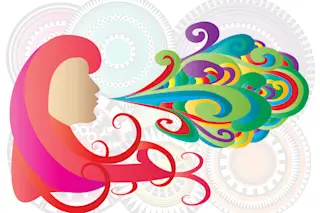My daughter has four grandparents. Genetically she is a little over 25 percent her paternal grandfather and maternal grandmother, and a little under 25 percent her maternal grandfather and paternal grandmother.* Why? Because she is 50 percent genetically identical by descent with her mother and likewise with her father. This is all rather straightforward. But what about culturally? With biological heredity we can speak of genes, the substrate by which inheritance occurs. With culture memes have been far less fruitful as anything more than an illustration, as opposed to the basis of a formal system of logic and analysis. Nevertheless, we can describe with relative clarity many aspects of culture as a trait or phenotype. And this is important. Recall that evolutionary process was characterized by Charles Darwin despite lacking a satisfying theory of inheritance. One of the more fascinating aspects of surveying human phenotypic variation is that one can ...
Why culture is chunky and genes are creamy
Explore cultural inheritance and how it differs from genetic variation influencing human behavior and traits.
More on Discover
Stay Curious
SubscribeTo The Magazine
Save up to 40% off the cover price when you subscribe to Discover magazine.
Subscribe











